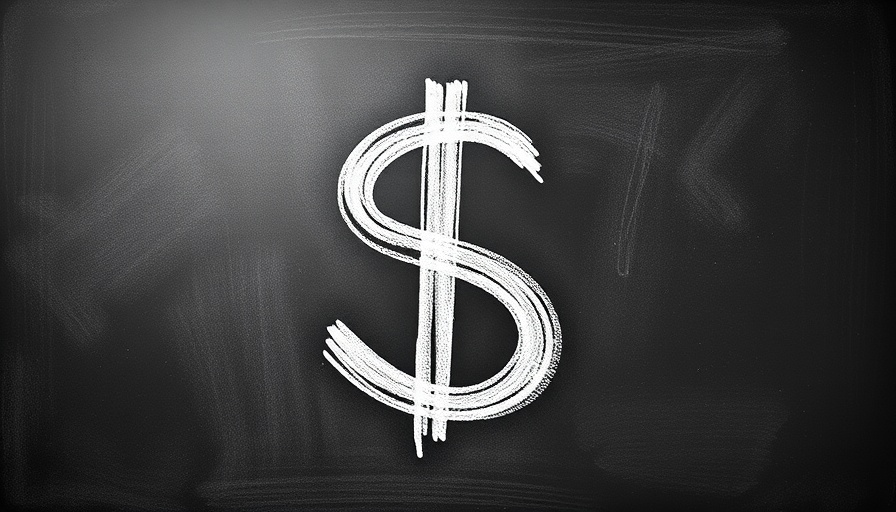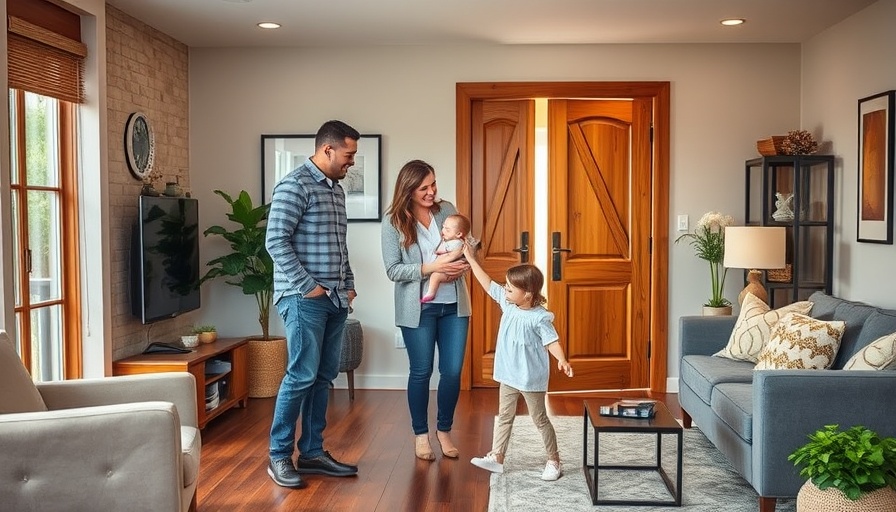
Understanding Today’s Foreclosure Landscape
In an era where inflation seems ever-present and financial worries loom large, the recent uptick in foreclosure numbers is causing quite a stir. Many homeowners and potential buyers are understandably anxious, worried that these figures signal an impending crisis reminiscent of the 2008 housing market collapse. However, when we delve deeper into the numbers and the context, it becomes evident that today's foreclosure landscape paints a very different story.
This Isn’t 2008: A New Economic Era
The numbers reveal that while recent foreclosure filings have increased as per ATTOM's latest quarterly report, they are not a cause for alarm. In fact, they remain significantly lower than historical averages, particularly in the years leading up to the Great Recession. A quick analysis of foreclosure rates during the 2008 crash shows alarming spikes due to predatory lending practices that left homeowners struggling with unaffordable mortgages. Today, however, lending standards have tightened significantly. This means that most current homeowners are in better financial health and are less likely to default on their loans.
The Moratorium’s Effect: Lessons from 2020-2021
It's essential to consider the effects of the moratorium implemented during the height of the COVID-19 pandemic, which aided millions of homeowners in avoiding foreclosure. The resulting low foreclosure rates in 2020 and 2021 are not a realistic benchmark for comparison today. Instead, looking at more typical years like 2017-2019, we can see that foreclosure filings are still down, indicating a resilient market rather than a frail one.
Homeowner Equity: The Safety Net
One of the most reassuring aspects of the current housing market is the strong equity position many homeowners enjoy. Home prices have seen substantial growth in recent years, leading to a financial cushion for those who may face tough times. Rob Barber, CEO at ATTOM, points out that although some homeowners may be feeling economic pressure, the significant equity many hold plays a crucial role in preventing a surge of foreclosures. If homeowners run into financial difficulties, selling their homes may be a viable option, unlike in 2008 when many owed more than their homes were worth. This equity cushion is vital in maintaining market stability and ensuring that the majority of homeowners can navigate financial stress without resorting to foreclosure.
Why This Matters to Homeowners and Buyers
For today's homeowners and those considering entering the market, understanding these dynamics is crucial. While fluctuations in foreclosure numbers can evoke fear, it’s important to recognize that the current market is built on stronger foundations. As Rick Sharga, founder and CEO of CJ Patrick Company, emphasizes, many homeowners today possess equity that buffers them against potential financial crises. This insight should foster confidence among buyers and sellers alike, as they navigate the housing market.
The reality is that while no one wants to see anyone experience foreclosure, the overall situation suggests stability rather than chaos. For those looking at buying or selling, this is a time to engage thoughtfully with the market and leverage the positive aspects of homeowner equity and tighter lending practices.
In conclusion, understanding the landscape of foreclosures today equips homeowners and buyers alike with the knowledge they need to make informed decisions. Don't let the headlines alarm you. The present market, characterized by strong homeowner equity and responsible lending, provides a promising outlook for those looking to secure their future in their homes.
For more insights on navigating the real estate landscape, consider reaching out to local experts who can share valuable tips and strategies.
 Add Row
Add Row  Add
Add 




 Add Row
Add Row  Add
Add 
Write A Comment